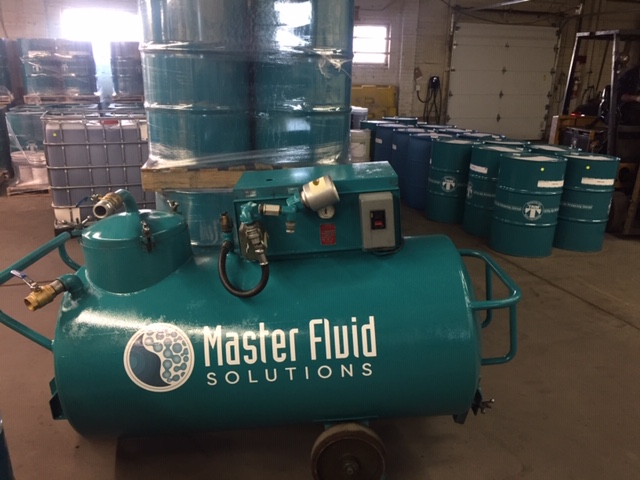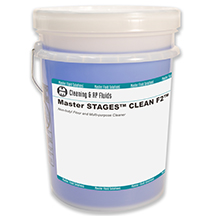Right now, new customers who purchase a minimum of four drums of coolant can rent…
Types of Cutting Fluids

Cutting fluids are types of coolants and lubricants that are used in metalworking processes like machining and stamping. Cutting fluids come in a range of diversity such as oils, oil-water emulsions, gels, aerosols etc. Furthermore, they can be produced from petroleum distillates, animal fats, water, as well as plant oils.
There are different types of cutting fluids:
Liquids
Liquid cutting fluids include mineral oils, as well as semi-synthetic and synthetic liquids. Semi-synthetic and synthetic liquids are produced by suspending emulsified oil in a base of water. These types of cutting fluids are most advantageous when utilized for cooling and lubrication during the machining process. Mineral oil cutting fluids, on the other hand, are petroleum based and mostly used in heavy industrial activities.
Pastes & Gels
Cutting fluids can come in both paste or gel form. Pastes and gels are especially advantageous when used for drilling and tapping applications. These types of cutting fluids are usually supplied in a tube, which allows the operator measured use with each application.
Aerosols
These cutting fluids are available in an aerosol spray form. Advancements to the delivery method and innovations in aerosol technology have led to a more efficient product that is safe to use for the operator.
Carbon Dioxide Coolant
Carbon dioxide is also used as a cutting fluid and is especially regarded for its coolant properties. A liquid form of carbon dioxide is put under high pressure and allowed to expand, then the temperature is reduced changing it into a solid phase. The solid crystals formed are taken to the cutting zones to provide a coolant for the cutting tools.
Rotem Industrial Products Inc. is dedicated to delivering high quality cutting fluids across North America. Our products are cost effective and suitable to your specific need. We also offer laboratory testing, rental, cleaning, and sharpening services that are timely and effective.


